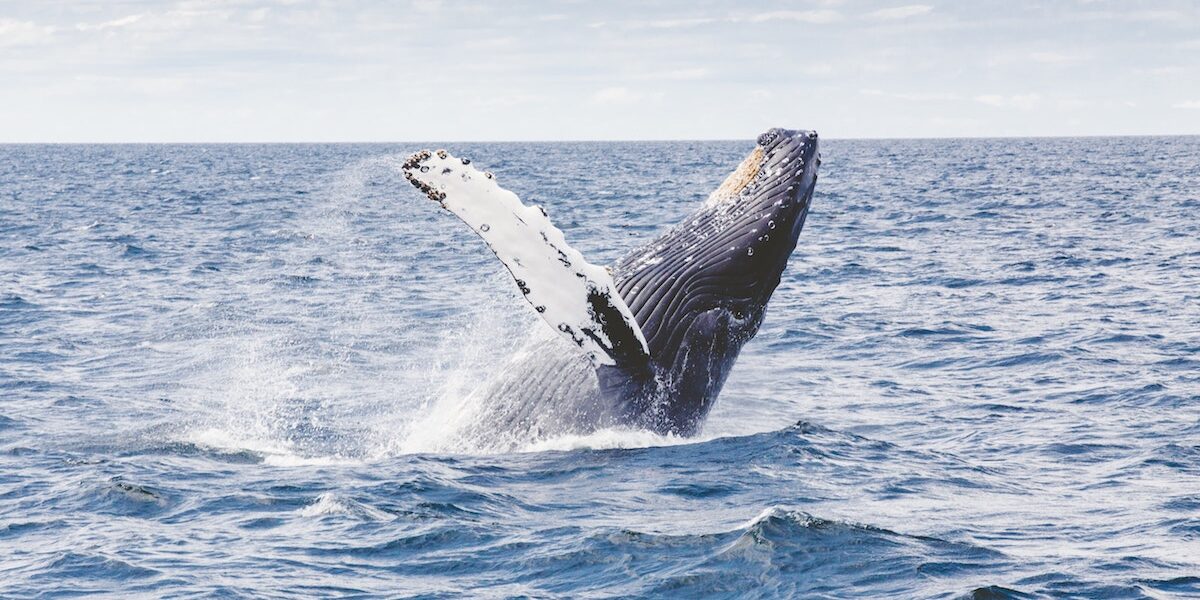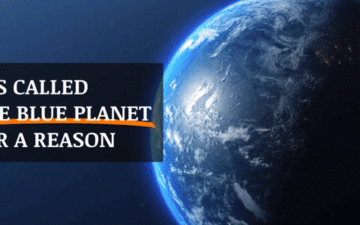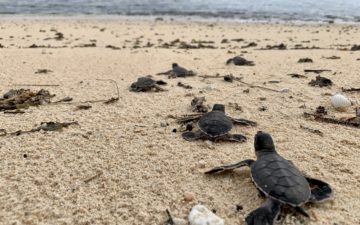By Angel Braestrup, Chair of the Board of Advisors of The Ocean Foundation
June 1st was Whale Day. A day to honor these magnificent creatures who roam all of the world’s oceans—which have their day on June 8th.
Most of you know that whales play a pivotal role in the oceans—they are part and parcel of the complex web that makes up the life support system for our planet. In a world with diverse sources of protein available to most people, the continued commercial hunting of whales seems, as my kids would say, so last century. The “Save the Whales” slogan dominated my teen years and the long campaign met with success. The International Whaling Commission banned commercial whaling in 1982—a victory celebrated by thousands around the world. Only those who are dependent on the whale—subsistence hunters—were protected and remain so today—as long as the meat and other products are not exported or sold. Like many good steps forward in conservation, it has taken the combined effort of dedicated scientists, activists, and other whale lovers to fight the effort to lift the moratorium at the IWC’s meeting each year.
Thus, it is no surprise that Iceland’s announcement that it would resume commercial whaling this year was met with protests. Such a protest met Iceland’s president in Portland, Maine, just last week in the hope that Iceland would reconsider its decision.
As Chair of the Board of Advisors of The Ocean Foundation, I have had the opportunity to meet some of the most passionate whale scientists and other campaigners in the world. Occasionally I even get out on the water to see them, like thousands of other people who watch in awe.
When marine scientists gather to talk about animals, it takes a minute to catch up with their geography. After all, they don’t talk about the California coast, they talk about the Eastern Pacific and the California Bight, that rich area of the ocean between Point Conception and San Diego. And whale scientists focus on the nursery and feeding areas that support the migrating species they follow season by season.
Whale watch operators do too. Seasonal peaks that help ensure a successful voyage are their bread and butter. In Glacier Bay, a microphone is dropped overboard to listen for whales. The humpbacks don’t sing there (they leave that for winters in Hawaii) but they vocalize continuously. Drifting in a silent boat listening to the whales feeding beneath you is a magic experience and when they breach, the rush of water and subsequent splash echo off the rocky cliffs.
Bowheads, belugas, humpbacks, and greys—I have been blessed to have seen them all. Opportunities to find them in the right season abound. You can see the blue whales and their young enjoying the peace of the Loreto National Marine Park in Baja California, Mexico. Or spot the rare right whales (known as such because they were the right whales to kill) of the western Atlantic Coast—struggling to survive as a species. The 50 whales of grey, as we like to say.
Of course, any whale watching trip can turn out to be just a nice day on the water—no creatures leaping from the sea, no splash of a fluke as it dives, just endless waves and the occasional shadow that causes everyone to rush to one side of the boat in vain.
This, supposedly, is never true of the orcas of the Strait of San Juan de Fuca, or the fjords of Prince William Sound, or the grey and green confines of Glacier Bay or even the northwest Atlantic’s untouched. I have heard that at the right time of the year, in many places around the world, the orcas are plentiful, their dramatic markings and glistening dorsal fins visible from hundreds of yards away—the home pods, the visiting strangers passing through, the cruising wolf packs of single males chomping their way through schools of fish and seals.
Two mammal-eating “transient” killer whales photographed off the south side of Unimak Island, eastern Aleutian Islands, Alaska. photo by Robert Pittman, NOAA.
But for me, it is never black and white. I cannot tell you how many times I have heard, “They have been here all month! Or the ever helpful, “You should have been here yesterday.” I think if I visited a theme park, Shamu’s cousin would be having a mental health day.
Yet, I believe in orcas. They must be out there if so many people have seen them, right? And like all of the cetaceans—the whales, the dolphins, and porpoises—we don’t have to see them to believe that they are as important to a healthy ocean as the schools of menhaden, the teeming reefs, and the mangrove coast—and, of course, all of the people who work so hard for a healthy ocean future.
I hope you had a Happy Whale Day, Orcas (wherever you are) and a toast to your brethren.







